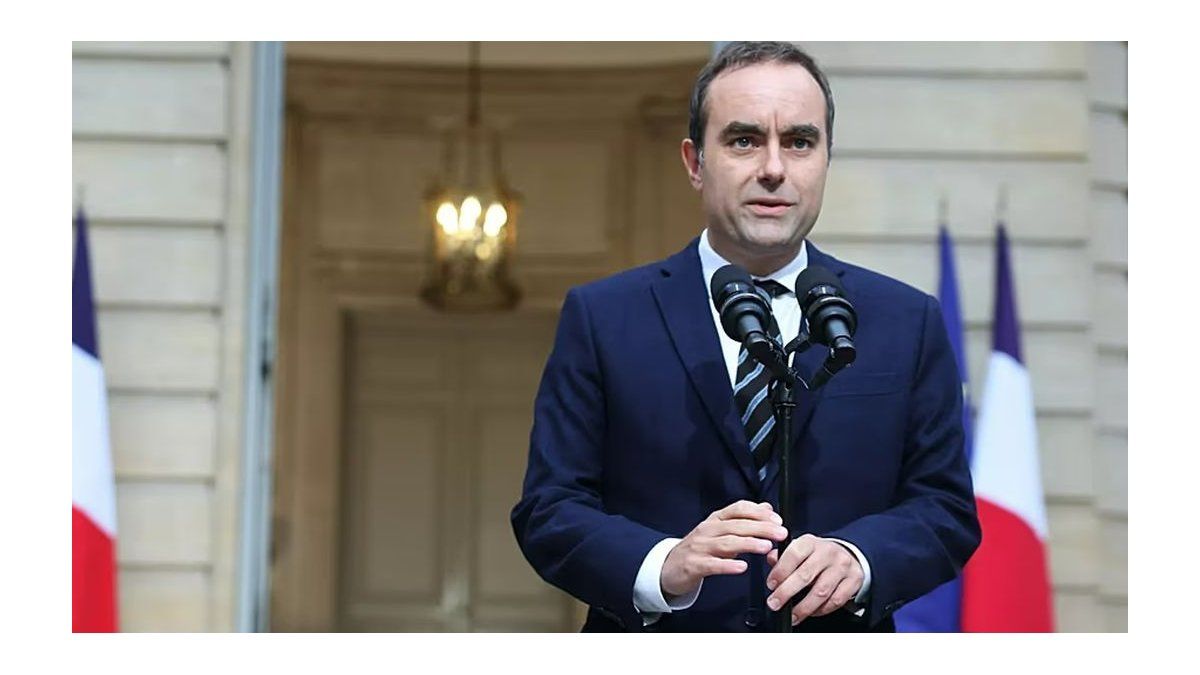As Ámbito anticipated weeks ago, the omnibus bill sent by the president, Javier Milei, to the National Congress contemplates the creation of the National Gas and Electricity Regulatory Entity, which will unify the task that they currently carry out separately. the National Electricity Regulatory Entity (ENRE) and the National Gas Regulatory Entity (Enargas).
In the initiative, sent by the Executive Branch for treatment in the extraordinary session period, it is stated that “until the new Entity is established, the current ENRE and Enargas will continue to exercise their respective functions.”
Specifically, article 316 of Section V of Chapter IX, establishes the creation of the “National Gas and Electricity Regulatory Entity, which once established will replace and assume the functions of the National Electricity Regulatory Entity (ENRE), created by article 54 of Law No. 24,065, and the National Gas Regulatory Entity (Enargas), created by article 50 of Law No. 24,076.”
How it works in the world
The entities will depend on the Ministry of Energy, which is currently under the orbit of the Ministry of Economy, headed by Luis Caputo. But energy sources anticipated that it will not be for long. The team’s objective is to move to the Ministry of Infrastructure, led by Guillermo Ferraro, as initially planned. They consider that it was under the orbit of the Economy that energy policies were “distorted and manipulated,” said an LLA source.
But despite what he wanted, he remained under Caputo’s orbit. “Mining and Energy are temporarily left in the Economy due to signature issues regarding subsidies and tariffs,” official sources commented. However, they added that “the energy and mining-related works are already happening,” and then the regulatory framework will happen in “the short term,” although there are no exact dates.
When asked why the entities were unified, official sources explained that “this is how it works correctly in various countries around the world.” Along the same lines, Mauricio Roitman, who presided over Enargas between 2018 and 2020, that is, the last president appointed by competition, was in favor of this initiative.
In dialogue with Ámbito, he assured that it would be positive, because it is a process that occurred in other countries, such as England and the United States, in a virtuous manner, but he also explained: “In a context of energy transition and digitalization it does not make much sense to have two entities with two different heads. The procedures and regulatory frameworks are similar and it is good to have a unified strategic vision.” Beyond unification, Roitman also maintained that work should be done on its true autonomy, to avoid “abuses” by the central administration.
Roitman, who currently directs the master’s degree in sustainable energy development at ITBA, recalled that the entities were created more than 30 years ago with Argentina as a leader in the region in implementing the institutional paradigm, in a context of privatization of public companies, deregulation of markets and promotion of private initiative through concessions.
Rights market
carbon
On the other hand, the initiative called “Bases and Starting Points for the Freedom of Argentines” also promotes the incorporation of environmental legislation in the field of hydrocarbons. In this way, if the law is approved, it could create a market for carbon emission rights (C02), just as it works in Europe, for example.
“In order to comply with the absolute net emissions objectives of Greenhouse Gases (GHG) committed by the Argentine Republic in the contributions determined at the national level within the framework of the Paris Agreement, the National Executive Branch is empowered to assign emission rights of GHG emissions to each sector and subsector of the economy compatible with the fulfillment of the GHG emissions goals committed by the country for 2030 and subsequent years,” states article 320, of chapter IX, entitled “energy transition.”
Furthermore, the Executive Branch is empowered to annually establish GHG emission rights limits, compatible with the committed objective, of annual and mandatory compliance for all subjects of the public and private sector.
Florencia Barragan
Source: Ambito




